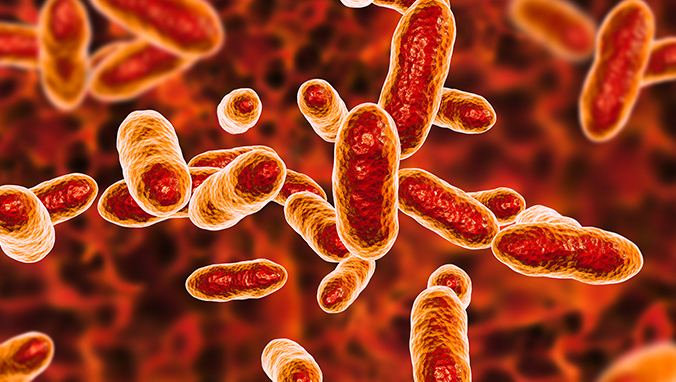How to eat tonic to effectively prevent vitamin A deficiency
Vitamin A deficiency is caused by chronic vitamin A deficiency, which refers to all effects of vitamin A deficiency on growth, immunity, embryogenesis, other body systems and survival. Vitamin A deficiency is recognized by WHO as one of the four major nutritional deficiencies in the world. The fatality rate of children with severe vitamin A deficiency is ≥50%. Pregnant women and children are susceptible to vitamin A deficiency.
Vitamin A deficiency can be mainly caused by the following conditions: improper diet, digestive system diseases, wasting diseases, hypothyroidism, diabetes and zinc deficiency.
For the general population, the best way to prevent vitamin A deficiency is to eat foods rich in vitamin A. Vitamin A is a fat-soluble vitamin. Natural vitamin A exists only in animal foods. The carotene contained in plants enters the body and can be converted to vitamin A in the liver.
Due to the high absorption rate of vitamin A in animal foods, WHO recommends that at least 40% of the vitamin A supplied to the body daily comes directly from animal foods. Among animal foods, the highest vitamin A content is the liver. Lamb liver and beef liver contain about 50,000 IU of vitamin A per 100g. Milk, butter, cheese and eggs have a medium vitamin A content, while beef, lamb and pork The vitamin A content is low.
Vegetable-rich vegetables or fruits in vegetable foods include pumpkins, carrots, dark green leafy vegetables, potatoes, mangoes, apricots and tomatoes.
For infants, breast milk is a good source of vitamin A. It should vigorously promote exclusive breastfeeding within 6 months after birth, and continue breastfeeding until 2 years old, and mothers should also eat more Foods rich in vitamin A.
Related Articles

- Recognize childhood tics
- Typathia is mostly onset in childhood and adolescence. It is a disease characterized by tics or involuntary, repetitive, rapid, and movement twitching of muscles in one or more parts. In ad
- 2020-08-02

- Children's bronchial asthma diagnosis and prevention guide
- Bronchial asthma (hereinafter referred to as asthma) is the most common chronic disease in childhood. The prevalence of childhood asthma in China has increased significantly in the past ten
- 2020-08-02

- Why did the baby's urine become muddy
- Normal people''s urine is light yellow, clear and transparent when they urinate, and they can''t see anything. They are left for a long time, especially when the weather is
- 2020-08-02

- When the child has high fever, parents pay attention to rehydration
- Recently, I went to the outpatient clinic a lot, and I saw many children whose body temperature exceeded 40 degrees. Some children have already received infusions during the day, and high
- 2020-08-01

- What is neuroblastoma
- With the continuous improvement of people’s living standards, work pressure is increasing. Due to excessive brain use, it is easy to suffer from neuroblastoma. Some people are very superfi
- 2018-08-09

- What is blastoma
- The prognosis of patients with different neuroblastomas varies greatly, that is, there is extensive tumor heterogeneity between neuroblastomas. According to different high-risk factors, neu
- 2018-08-09
